Anonymous Google insider leaks new Camera UI for Pixel 8 line

Google is planning on revising the UI of the Camera app for the Pixel 8 series which is expected to be unveiled in October. Thanks to an anonymous Google insider who reportedly shared the images of the new UI with Android Authority, we can get a sneak peek at the changes Google is making. Currently, swiping down on the viewfinder brings up the settings. With the new UI, you'll swipe up on the viewfinder to see the settings.
The camera app for the Pixel 8 series will also feature a new way to choose between taking a photograph or recording a video. Currently, when you open the camera app, there is a carousel on the bottom of the screen that includes options to take a Portrait, use the Camera, or shoot a Video (which then gives you options to record in Slow Motion, Normal, or Time Lapse), and select between different modes like Panorama and Photo Sphere.
With the new UI, the Camera and Video modes, which were listed next to each other in the carousel, are selected by tapping on either the still camera icon or video camera icon found under the mode selection bar. Once you choose whether you are taking a photograph or a video, you can select certain features. For example, while recording a video you can now choose Cinematic Pan which slows down your panning moments to make videos look more professional. This feature will be known as Pan in the new UI.
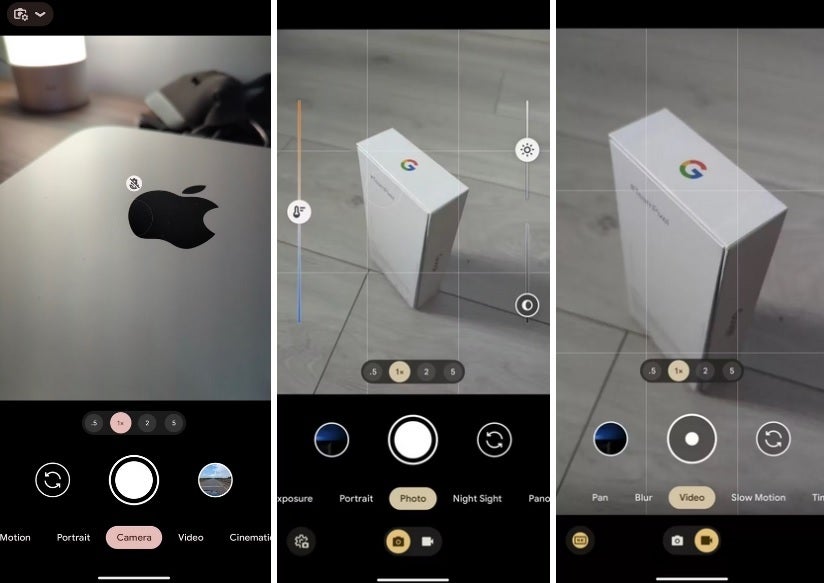
At left is the current UI, in the middle the new Photo UI, and at right the new Video UI. Image credit-Android Police
Also, the new Video UI will move stabilization options to a pop-up menu which will consist of three options: standard, active, and locked. When it comes to photographs, the options previously available under the Motion tab, Long Exposure, and Action Pan, have been given their own separate tabs to make it easier for users to find.
Both the Pixel 8 and Pixel 8 Plus will have a new 50MP Samsung GN2 sensor backing their primary cameras. The Pixel 8 Pro will sport a 64MP Sony IMX787 sensor for its Ultra-wide camera (which is currently employed as the sensor for the primary camera on the Pixel 7a) and there will be a new ToF sensor for autofocus.
Google is also working on the processing software as well. Staggered HDR captures images faster to reduce the possibility of seeing noise and artifacts in your photos. This is accomplished by reducing the time it takes to capture different frames. Adaptive torch will change the intensity of the flash depending on the scene being captured. This will help reduce overexposures and improve photos snapped in low-light conditions.
Another interesting new processing feature is Segmentation AWB which uses different processing techniques for different parts of a photo to make it appear more accurate. Processing has been one of the major reasons why Pixel cameras have delivered outstanding photos even with hardware that didn't blow away the competition.
Follow us on Google News



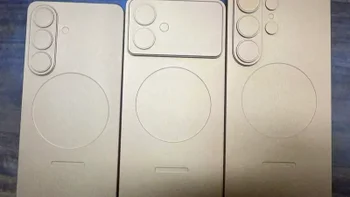

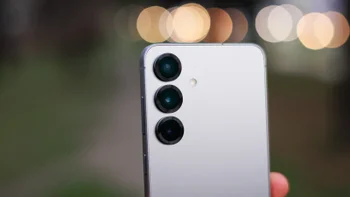

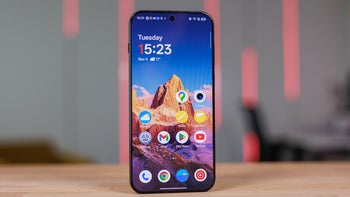
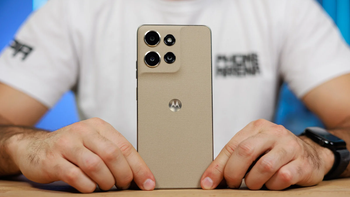

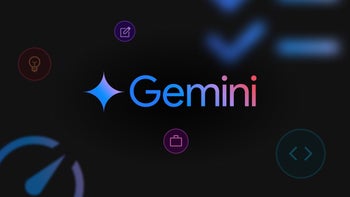


Things that are NOT allowed:
To help keep our community safe and free from spam, we apply temporary limits to newly created accounts: